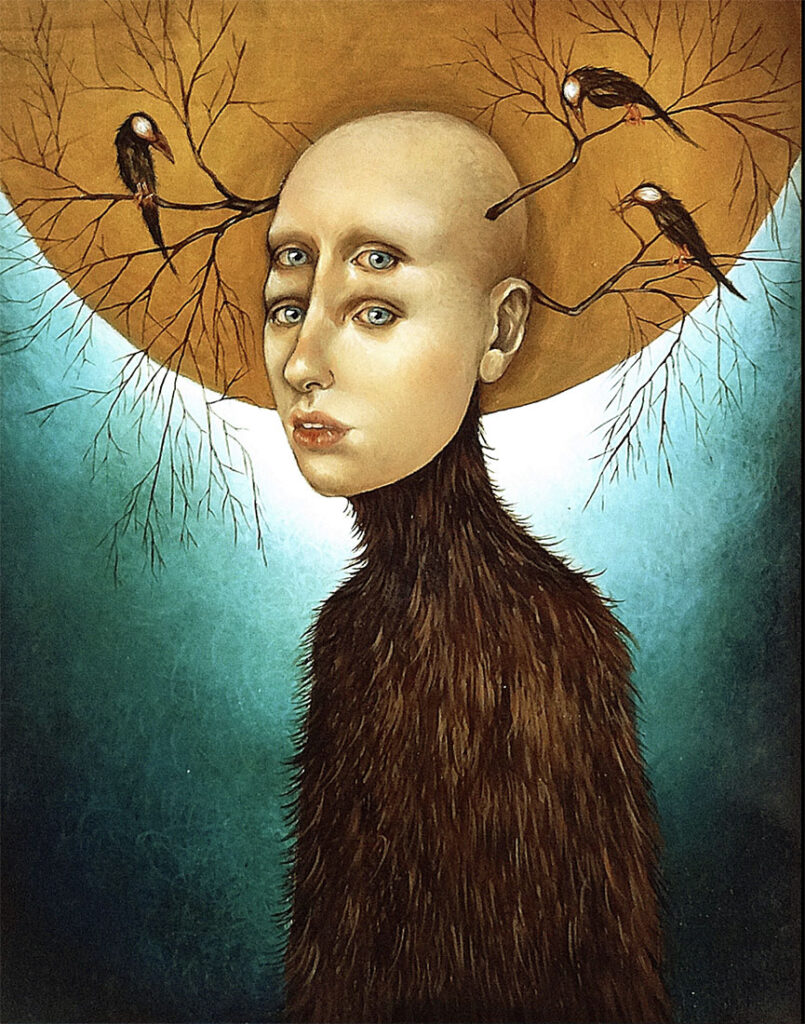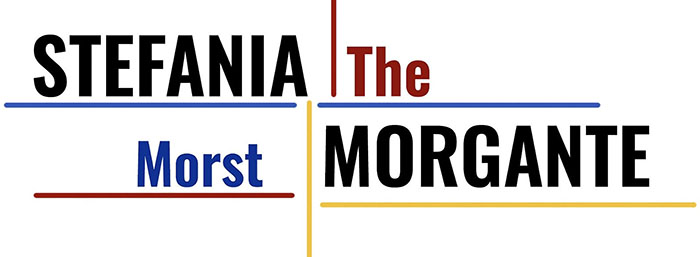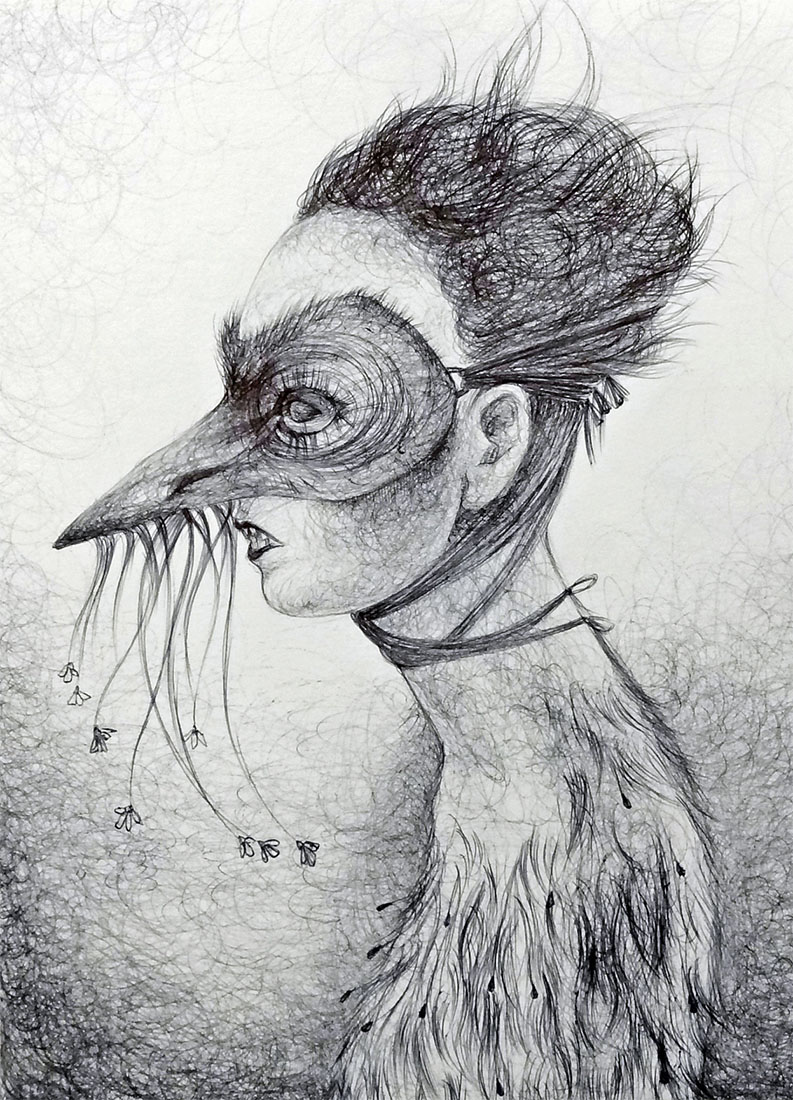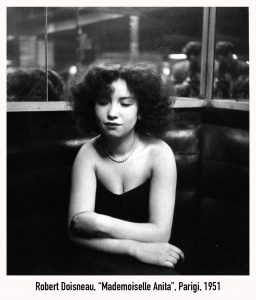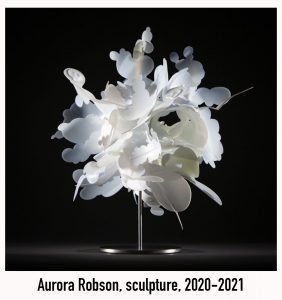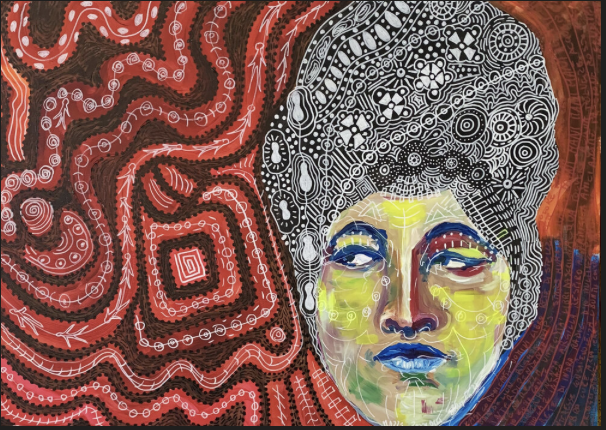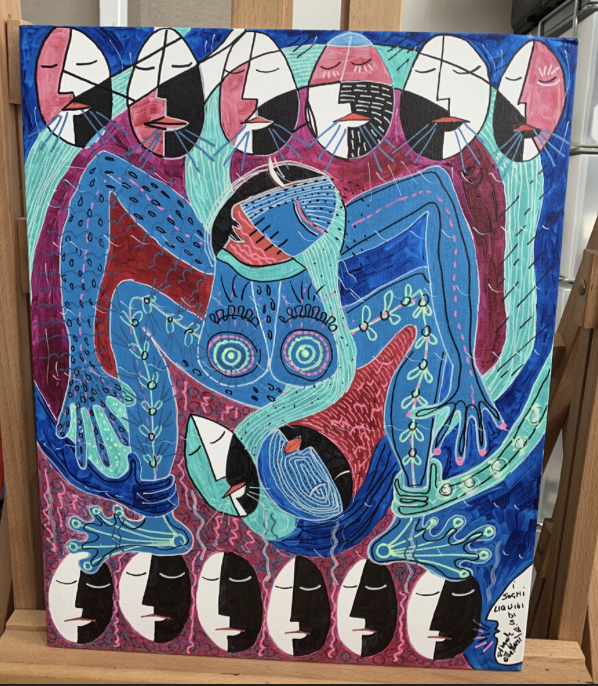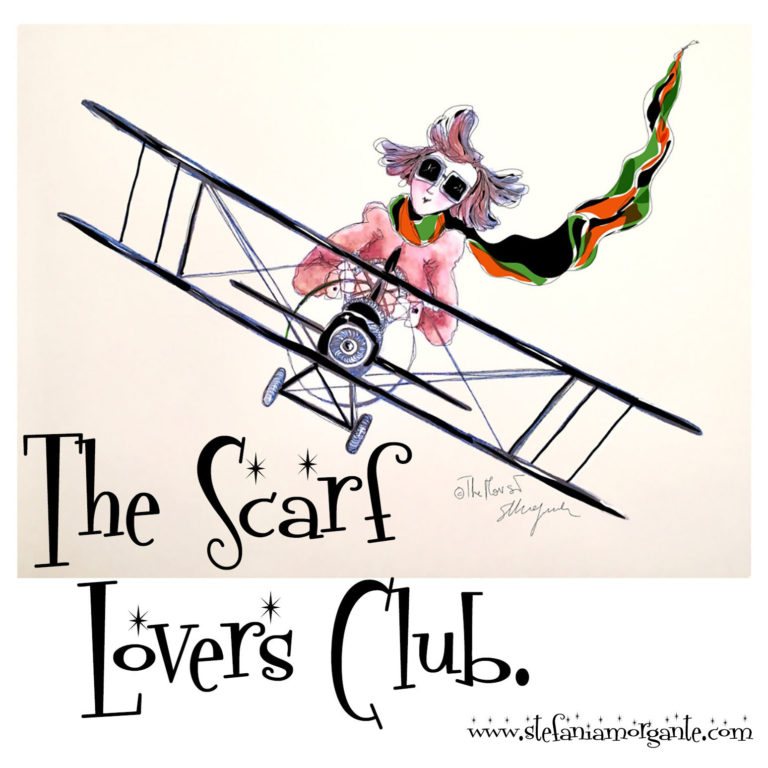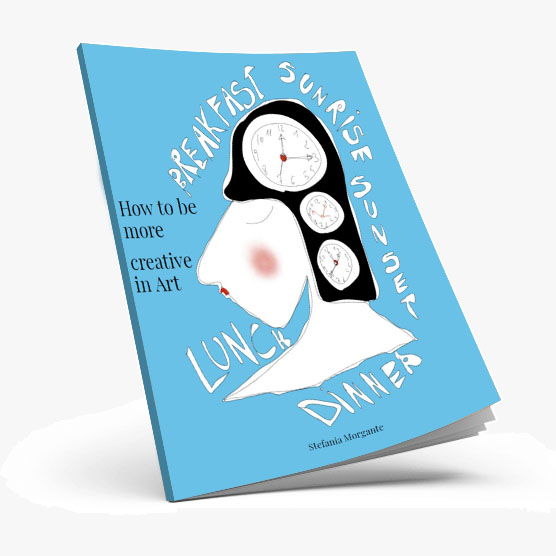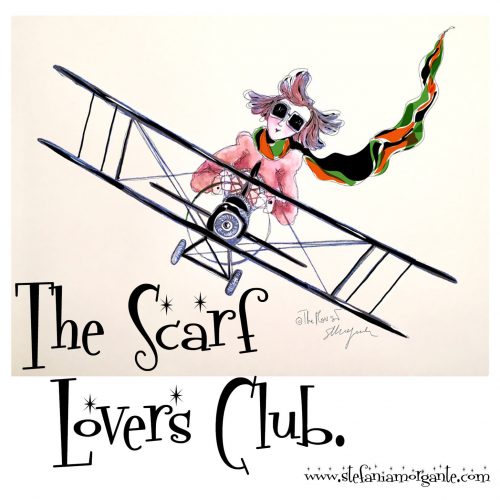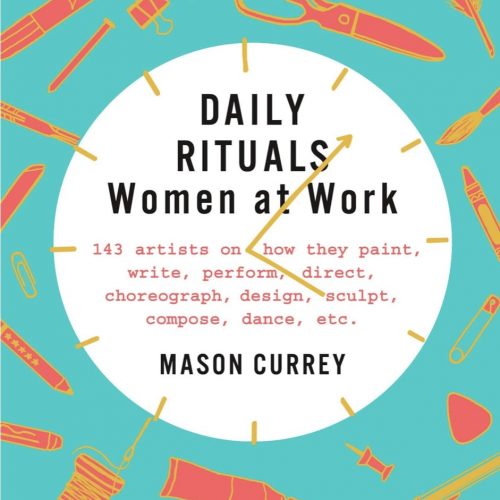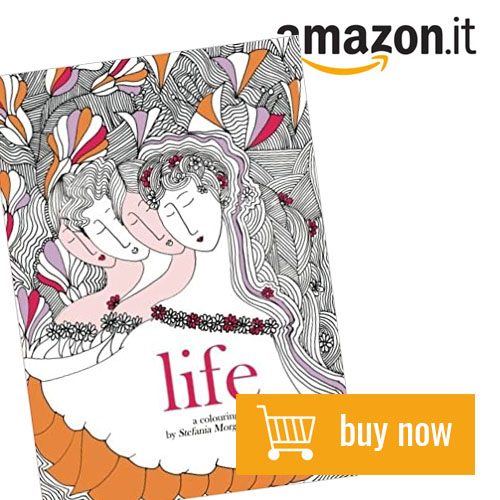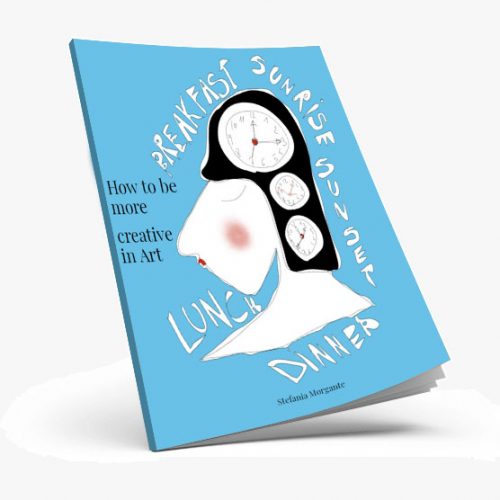The necessary change for art.
Laura Saddi is an artist I love very much.
She is poetic, delicate, yet powerful, deep and mysterious.
Perhaps she represents the true essence of the artist immersed in nature, where man and woman constantly interact with the environment.
Perhaps in this very moment when we really need to review our relationship with the planet, Laura Saddi makes us think of a necessary and possible dialogue with what surrounds us.
I asked her a few questions, but I invite you to discover and follow her.
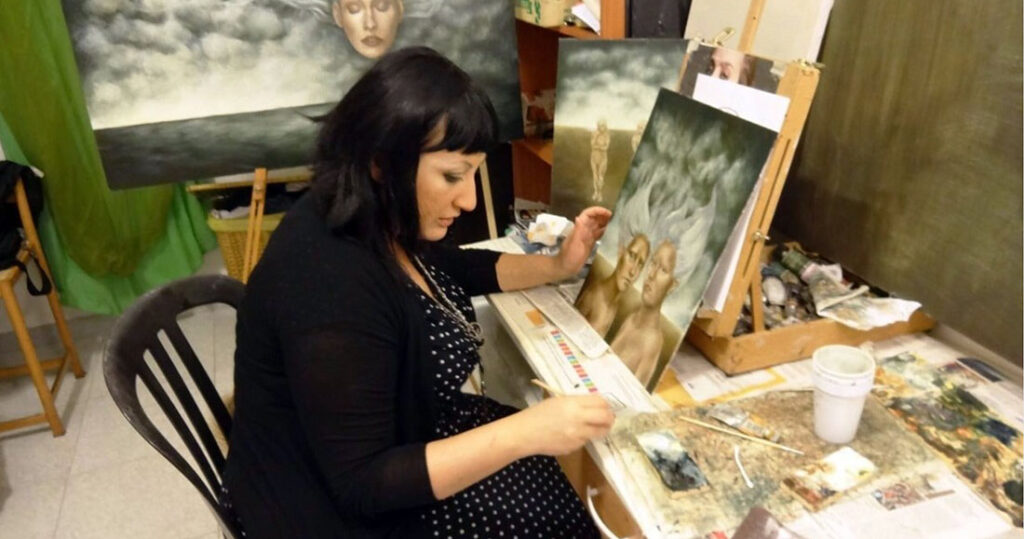
—> We are in the right time. This year you presented an exhibition entitled “Metamorphosis.” How much of your personal metamorphosis flowed into the works?
I believe that any artistic production is the result of a personal reflection of the artist who designed and executed it.
“A Periphrasis of Metamorphosis” was supposed to be staged before the pandemic, but for reasons we all know by now, the exhibitions were postponed several times.
This gave me the opportunity to add more works made during the national quarantine. In all the works there is a relationship of participation and integration with nature, which is more opulent in the pre-covid works and becomes more sober and austere in the canvases made during the lockdown.
Probably because I could no longer go into the woods or have real relationships with animals and humans other than my cohabitants.
- Do you feel a greater push for change in these pandemic years? And if so, what are your priorities in this regard?
I have always felt the push for change.
For me, anyone who stops is dead! I often get carried away by social issues such as equal rights and fighting gender discrimination or ecological education. At the same time, I feel powerless because I realize that, despite the commitment, the dialogue with my generation and the previous ones is very complicated.
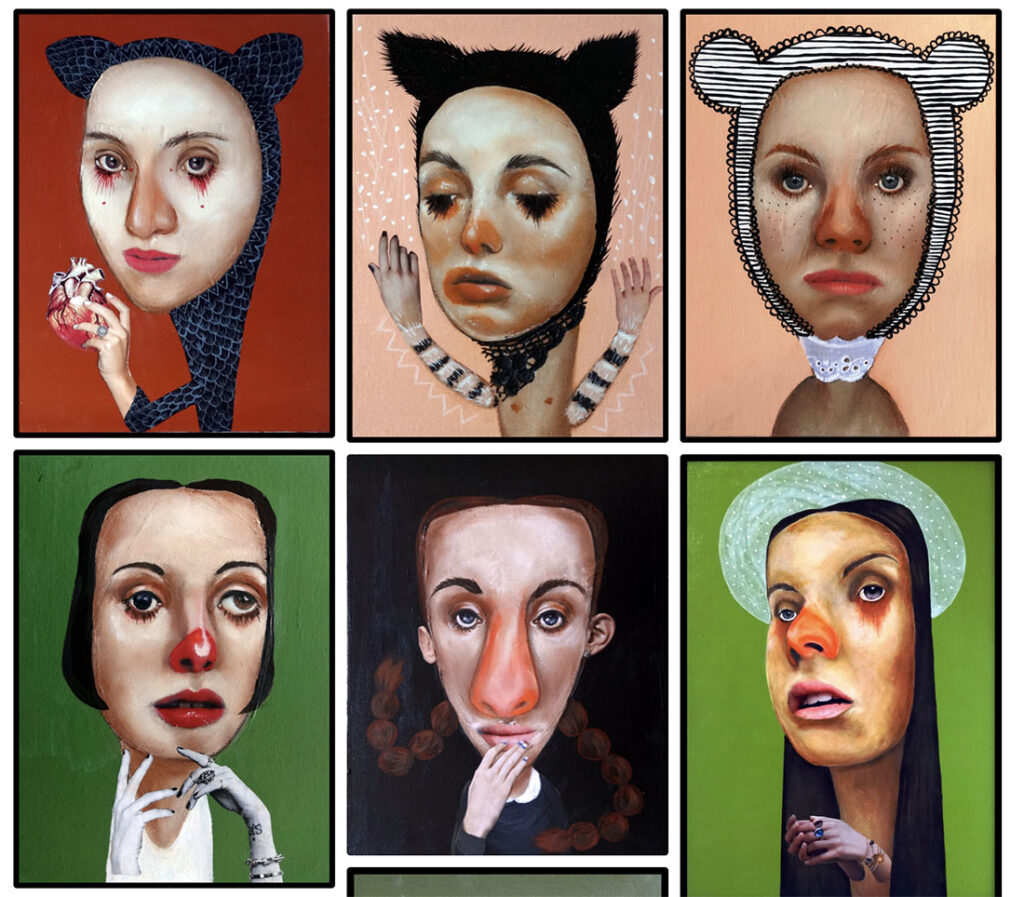
- Tell us a little about your themes.
Are they recurrent? Or do they differ depending on the time?
Generally speaking, my themes have metamorphosis at their center.
Often the subjects are new mythological animals that have in them the human, the bestial and the vegetable, perhaps because I do not have an anthropocentric vision of the world.
I do have the occasional landscape or abstract break.
- Can you tell us about your techniques? Each of your works is such an interesting layering that I enchant myself looking at them.
In the last few years I have been concentrating more on mixed media. I discovered it almost as a game and I’m not ready to give it up yet. It’s as if it allows me to give a new identity to things, to distort them and create an unusual world in which everything can fit together. Maybe it’s a bit like a message of hope that things that today seem to us a limitation, with a different point of view, can turn into a resource.
There is a need for the joy of making and hope in this somewhat gray and angry world.
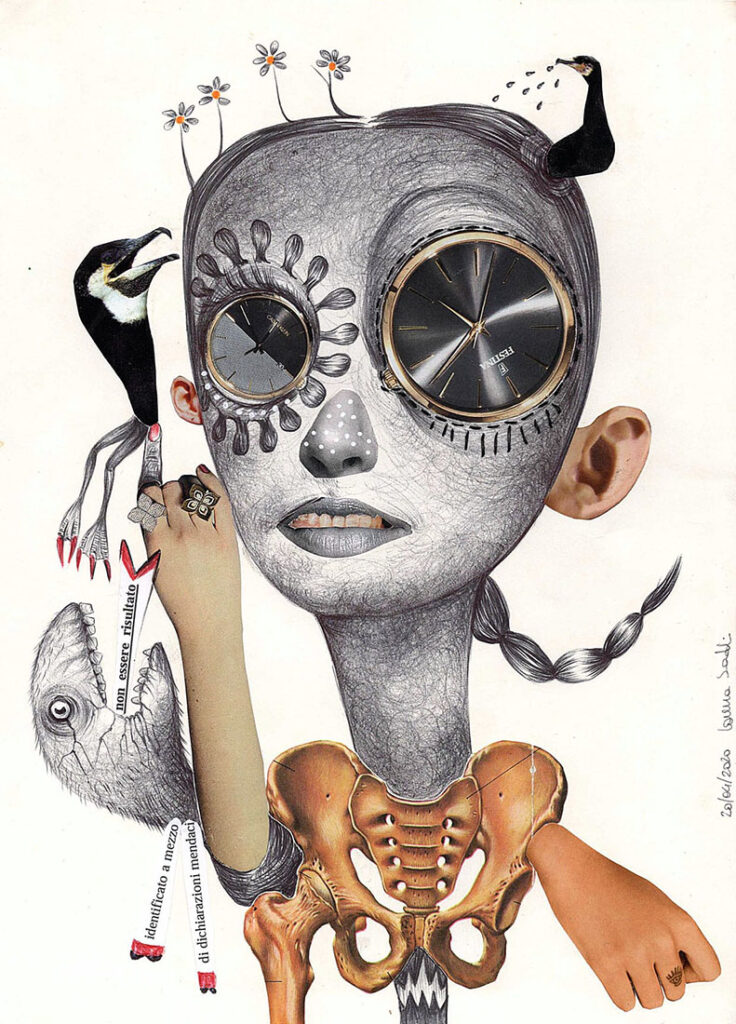
- What remains from your schooling and what came from your life outside of the academy.
I arrived at an adult age in the academy so I already had some experience of life “outside”. It all blended and overlapped and the result is what you see today: a continuous balancing act between two poles.
- The titles of your series are very evocative: Stupid Girl, And It Was Night, Metamorphosis, The Little Girl Who Couldn’t Say No. How are they born? Before the works? From readings or sedimentations of experiences?
“And it was the night” and “A periphrasis of Metamorphosis” are a choice of curator Chiara Manca.
Stupid girl is the title of the Garbage song.
And it gave the name to the series because I couldn’t get it out of my head when I was making the girls.
I get a lot of inspiration from music. Think about how weird (sad) a world without music would be!
(I know something about it , how often even for me music is essential while creating! -note by S. Morgante)
Instead, “The Little Girl Who Couldn’t Say No” came about while I was writing the first few lines of the story. Many of my works are little stories, every time I compose a painting-drawing-collage-there is always a story behind it, some times I write them down while others remain just a tangle of words and feelings in my mind.
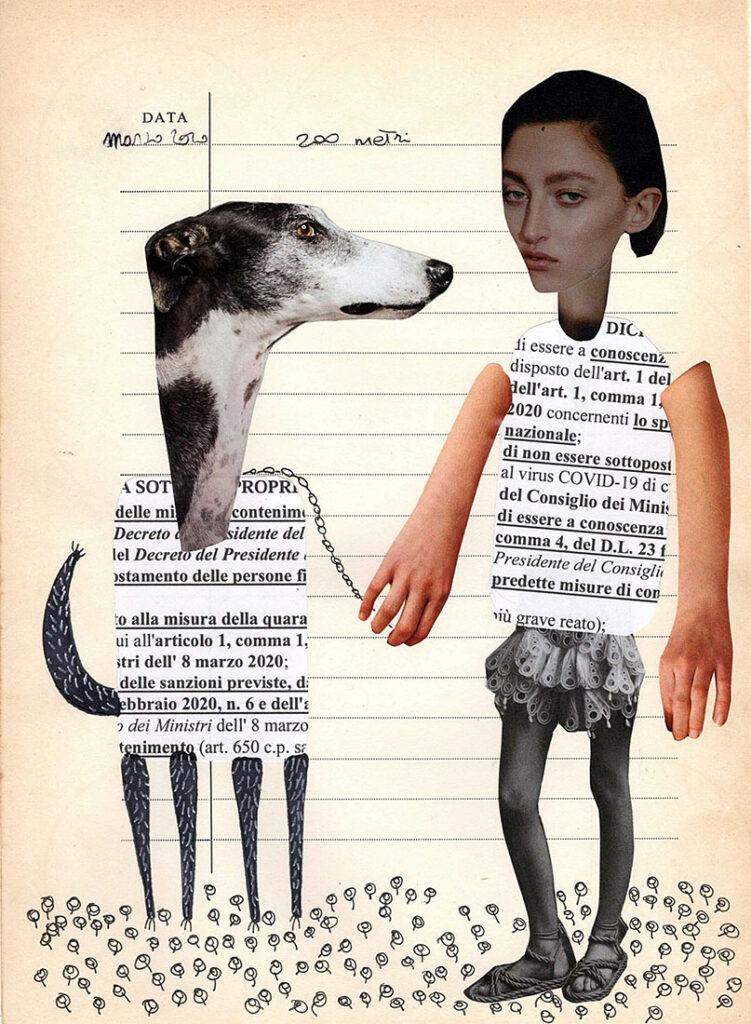
- I find your “quarantine diary” series very strong, alive and deep.
Tell me how it came about and how it changed you to make it.
How did people react to it? And did it help you to re-enter the “world”?
I think that work was a sort of therapeutic diary.
all this time has passed, I still have serious difficulties in accepting the reality of the epidemic, the lockdown, the public frenzy.
The quarantine diary was an ironic way to release all the frustrations we were forced to endure during that lockdown period, and it was also a way to not waste all those self-certification sheets we had to print out that no one read. (I used those sheets of paper for notes and lists; I was afraid of wasting too much paper, too! – note by S. Morgante).
I get heartburn just thinking back to that time and the crap that it brought out and that we still struggle to eliminate.
I probably wasn’t the only one to experience those feelings, so the boards ended up on the Facebook page “Adesso In sospeso” curated by Annarita Punzo and Giuseppe Serra and one board found a home in Biella.
In general, it seemed to me that it had a positive opinion.
The world… Unfortunately, I have to go back into the world every morning, but I must confess that I prefer to isolate myself in the woods and enchant myself with the sky above the trees.
